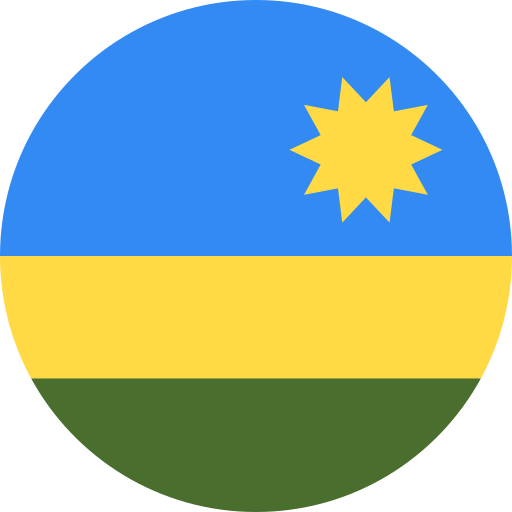More than 4 million Europeans are highly addicted to cocaine consumption and this big market keeps African mafias very active in coordinating shipments from South America to Europe.
To meet this ever-increasing demand, an entire value chain has adapted. Year after year, South American cartels, allied with European and African mafias, have made the west of the continent a hub for trafficking to Europe.
According to reports, South American cartels, Nigerian “cults” or jihadist groups,Ivory Coast, Senegal are involved in this vast traffic.
Brazil continues to be an important country of departure for cocaine trafficked to destinations in Africa.
To meet booming demand in Europe, coca production has more than doubled in South America.
West Africa, an almost obligatory passage point for white powder, further reinforces its status as a hub.
Ecuador the world’s largest exporter of bananas, smugglers often try to hide their illegal consignments among the fruit which is shipped from Guayaquil to destinations all over the globe.
In February, Police in Ecuador found almost 8.8 tonnes of cocaine (worth U$330m) in a shipment of bananas bound for Belgium.
The Belgian port of Antwerp is the main gateway for cocaine into Europe with 109.9 tonnes of cocaine seized in 2022 but an unknown much larger quantity reaching the market.
In Europe’s biggest port, Rotterdam, seizures were down in 2022, at 46.8 tonnes compared to 72.8 the year before.European drug gangs work with Latin American suppliers to bring in cocaine, mainly from Panama, Colombia, Paraguay, Brazil and Ecuador.
From the ports, it is trucked around Europe by well-organised multinational gangs.It is one of organised crime’s biggest money earners.
The European drugs monitoring agency estimated in 2020 that the EU retail cocaine market was worth between €7.7 billion and €10.5 billion.
According to a new report Global Report on Cocaine 2023 released on March 16 by the United Nations Office on Drugs and Crime (UNODC), the global supply of cocaine is at record levels.Almost 2,000 tons were produced in 2020.
The surge is partly a result of an expansion in coca bush cultivation, which doubled between 2013 and 2017, hit a peak in 2018, and rose sharply again in 2021.
But it is also due to improvements in the process of conversion from coca bush to cocaine hydrochloride.








